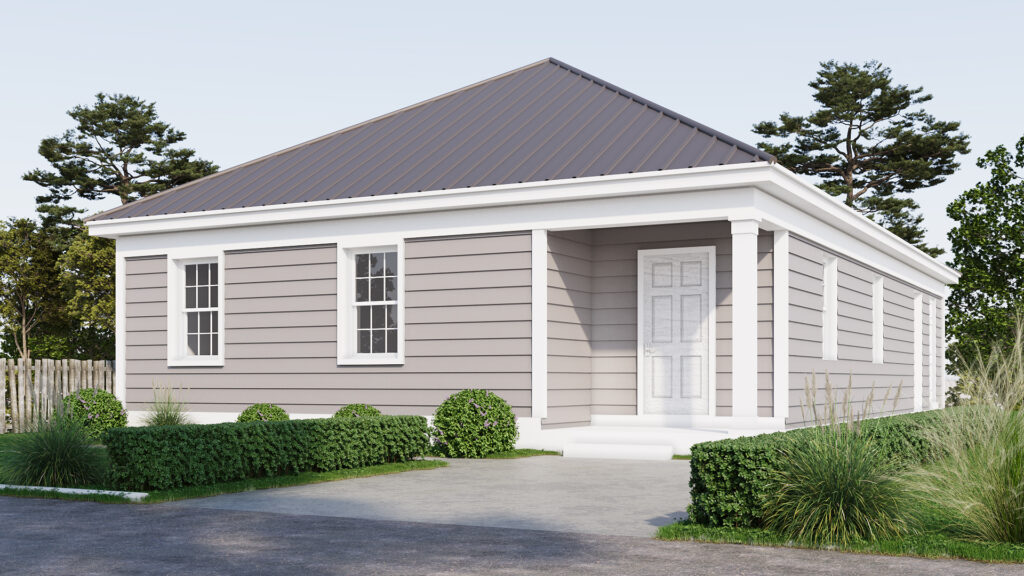
5 Factors for Creating a 3D Model from Photos
Creating a 3D model from photos is a powerful technique used in various industries, from architecture and real estate to gaming and virtual reality. This process, known as photogrammetry, involves using photographs to generate accurate and detailed 3D models. However, to achieve high-quality results, several critical factors need to be considered. Below are the five most important factors to keep in mind when creating a 3D model from photos.

1. Quality of the Photos
The quality of the photos is the foundation of any successful 3D modeling project. High-resolution images with good lighting and clarity provide the necessary detail for accurate 3D reconstruction. Use a camera that can capture high-resolution images, as more pixels allow for more detailed 3D models. Ensure that your photos are well-lit, with minimal shadows. Natural light is often best, but even indoor shots can be effective if the lighting is controlled. Avoid blurry images, as they can distort the 3D model. Use a tripod or stabilizer to keep the camera steady during the shoot. High-quality photos lead to more precise and detailed 3D models, reducing the amount of post-processing needed and improving the final result.
2. Consistent Camera Angles and Positions
Consistency in camera angles and positions is crucial for creating a coherent 3D model. This ensures that the software can accurately stitch the images together to form a unified model. Maintain a consistent distance between the camera and the object throughout the photo session. Ensure that each photo overlaps with the previous one by at least 60%. This overlap helps the software identify common points and align the images correctly. Capture the object from multiple angles to ensure that all sides are covered. A full 360-degree coverage is ideal for most models. Consistent camera angles and positions help the photogrammetry software create a seamless and accurate 3D model, minimizing errors and misalignments.
3. Proper Use of Photogrammetry Software
The software used to create the 3D model from photos plays a significant role in the quality of the final product. Understanding and utilizing the features of photogrammetry software can greatly enhance the outcome. Choose a photogrammetry software that suits your needs and expertise level. Popular options include Agi soft Meta shape, Reality Capture, and Mesh room. Adjust the software settings to match the complexity and scale of your project. Higher accuracy settings may take longer to process but yield better results. Ensure that your computer meets the software’s requirements, as photogrammetry can be resource-intensive. By properly utilizing photogrammetry software, you can streamline the modeling process, ensuring that the final 3D model is both accurate and high-quality.
4. Object and Scene Preparation
The environment in which the photos are taken can significantly impact the quality of the 3D model. Properly preparing the object and the surrounding scene is essential for achieving the best results. Use a neutral, non-reflective background to avoid distractions and reflections that could confuse the software. Position the object in a stable, well-lit area where you can easily capture it from all necessary angles. Ensure that both the object and the camera remain stationary during the photo shoot to avoid motion blur. Proper preparation of the object and scene enhances the clarity and focus of your photos, leading to a more precise and detailed 3D model.
5. Post-Processing and Refinement
After the initial 3D model is created, post-processing is often required to refine and perfect the model. This step involves cleaning up any errors, enhancing details, and optimizing the model for its intended use. Use 3D editing software like Blender or ZBrush to correct any flaws or inconsistencies in the model.
Adjust textures, lighting, and shadows to add realism to the model. Reduce the polygon count and file size if the model is intended for use in applications where performance is a concern, such as video games or virtual reality. Effective post-processing ensures that your 3D model is not only accurate but also polished and optimized for its intended application, making it more usable and visually appealing.


